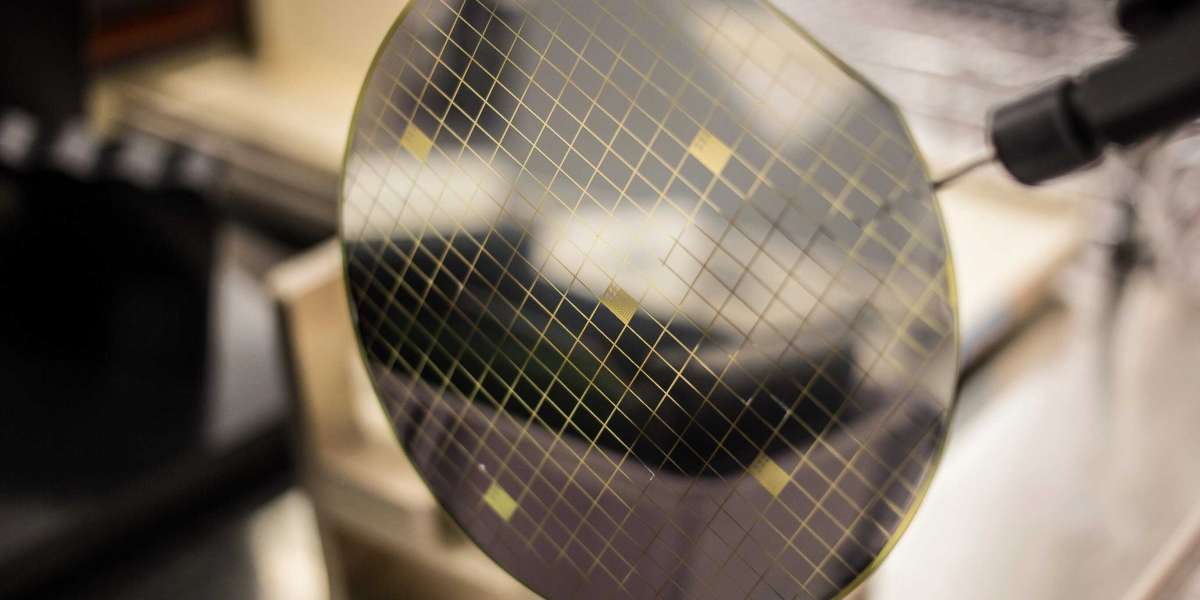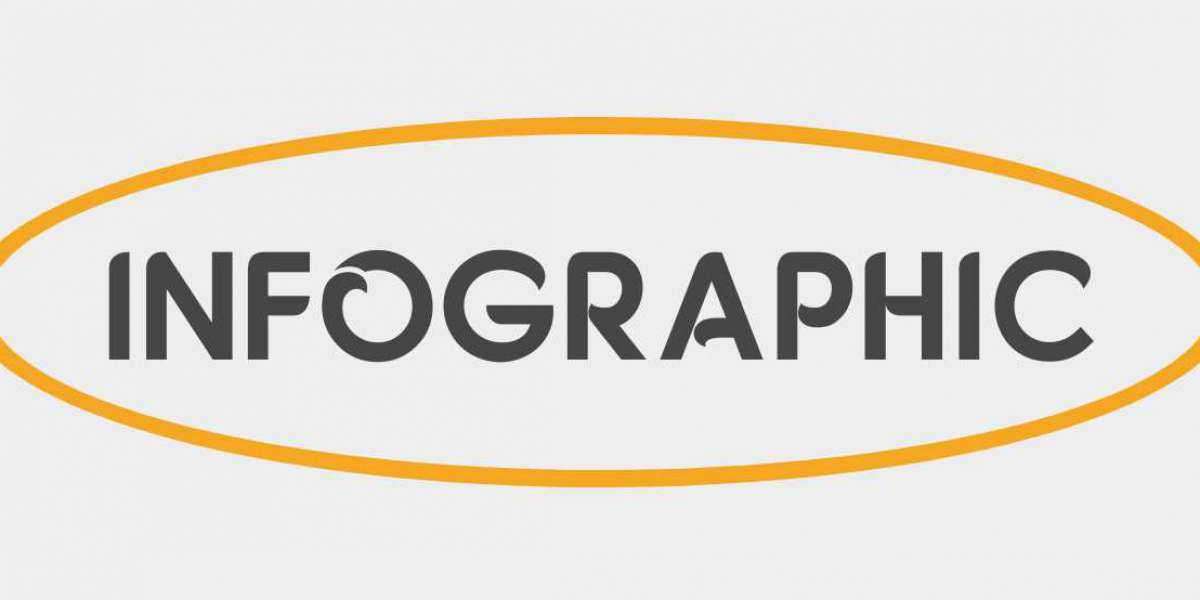In the fast-paced world of technology, the demand for smaller, more efficient, and more powerful electronic devices is constantly growing. The semiconductor industry plays a pivotal role in meeting these demands, and one crucial process that enables the production of advanced electronic components is wafer coring. The world of Wafer Coring Services, exploring its significance, process, and impact on the semiconductor industry.
What is Wafer Coring?
Wafer coring is a specialized process in the semiconductor industry that involves the removal of a portion of the semiconductor wafer to create a cavity or groove within the material. This technique is primarily used to enhance the performance and functionality of electronic devices, such as microelectromechanical systems (MEMS), integrated circuits (ICs), and sensors.
Significance of Wafer Coring:
Wafer coring plays a crucial role in various applications within the semiconductor industry. Some of the key benefits and applications of wafer coring services are:
Cavity Creation: Wafer coring enables the creation of cavities or grooves within semiconductor wafers. These cavities can be used for different purposes, such as housing sensors, creating microfluidic channels, or improving thermal management in electronic devices.
Size and Weight Reduction: By removing unnecessary material from the semiconductor wafer, wafer coring helps reduce the size and weight of electronic components. This is particularly important in applications where miniaturization is a critical factor, such as mobile devices, wearables, and medical implants.
Performance Enhancement: Wafer coring allows for the integration of additional functionalities within the semiconductor wafer. This can include the incorporation of microstructures, capacitors, or other components that enhance the performance and capabilities of the electronic devices.
Cost Efficiency: By selectively removing material from the wafer, wafer coring reduces material waste and enhances cost efficiency in the manufacturing process. This makes it an attractive option for semiconductor companies looking to optimize their production methods and reduce overall costs.
Types of Wafer Coring Services:
Wafer coring services are tailored to meet specific requirements and can be categorized into different types based on the desired outcome. Some common types of wafer coring services include:
Through-Hole Coring: In this type of coring, a hole is drilled entirely through the semiconductor wafer, creating a cylindrical cavity. Through-hole coring is commonly used in applications such as MEMS devices, where the cavity is utilized for sensing or actuating purposes.
Partial Coring: Partial coring involves removing a portion of the semiconductor material from one side of the wafer, leaving a cavity or groove. This type of coring is often employed to create microfluidic channels or enable better heat dissipation in electronic devices.
Customized Coring: Wafer coring services can also be customized based on specific requirements. This involves tailoring the coring process to create unique cavity shapes, sizes, or patterns according to the client's needs.
The Wafer Coring Process:
- Pre-Coring Preparation
Before the actual coring process begins, several preparatory steps are undertaken:
Wafer Selection: High-quality semiconductor wafers are selected based on their material properties, thickness, and surface quality. The choice of wafer depends on the specific application and the desired outcome of the coring process.
Design and Masking: The design for the coring pattern is created, taking into consideration factors such as cavity size, shape, and location. A masking layer is then applied to protect the areas of the wafer that should not be cored.
- Coring Process Steps
The wafer coring process typically involves the following steps:
Etching or Grinding: Depending on the desired coring method, the initial step involves either chemical etching or mechanical grinding of the wafer's surface. This prepares the wafer for the coring process by creating a suitable starting point.
Coring Equipment Setup: Specialized coring equipment is set up, which includes precision cutting tools, coring machines, and computer-controlled systems. These tools ensure accuracy and repeatability during the coring process.
Coring Execution: The actual coring process is executed based on the predetermined design and parameters. The cutting tools precisely remove the material, creating the desired cavities or grooves within the semiconductor wafer.
Inspection and Quality Control: After the coring process, the wafer is thoroughly inspected to ensure the cavities are created accurately and meet the required specifications. Quality control measures are employed to maintain high standards and identify any defects.
- Post-Coring Finishing
Once the coring process is complete, additional finishing steps may be carried out:
Cleaning and Polishing: The wafer is carefully cleaned to remove any debris or residues from the coring process. Polishing techniques may also be applied to enhance the surface’s smoothness and remove any rough edges.
Testing and Validation: The coring results are validated through rigorous testing and evaluation. This ensures the functionality and reliability of the cavities and their integration with the overall electronic device.
Impact of Wafer Coring on The Semiconductor Industry:
The utilization of wafer coring services has significantly impacted the semiconductor industry, driving advancements and enabling new possibilities. Some key impacts include:
Miniaturization and Portability: Wafer coring has played a vital role in the miniaturization of electronic devices, making them more compact and portable. This has paved the way for advancements in areas such as mobile technology, wearables, and Internet of Things (IoT) devices.
Enhanced Functionality: By incorporating additional structures and components through wafer coring, electronic devices have witnessed enhanced functionality. This has led to advancements in fields such as medical devices, automotive systems, and aerospace technology.
Cost Optimization: Wafer coring services have helped semiconductor companies optimize their manufacturing processes and reduce material waste. This has resulted in cost efficiency, making advanced electronic devices more affordable and accessible to a wider range of consumers.
Accelerated Innovation: The availability of Wafer Coring and services has accelerated innovation within the semiconductor industry. Researchers and engineers can now explore new design possibilities and push the boundaries of what electronic devices can achieve.
Conclusion:
Wafer coring services have revolutionized the semiconductor industry, providing a means to enhance performance, reduce the size, and optimize costs in the production of advanced electronic devices. From miniaturized wearables to cutting-edge medical implants, the impact of wafer coring can be felt across various sectors. As technology continues to evolve, wafer coring will continue to play a pivotal role in shaping the future of electronics, enabling further advancements and pushing the boundaries of what is possible.








